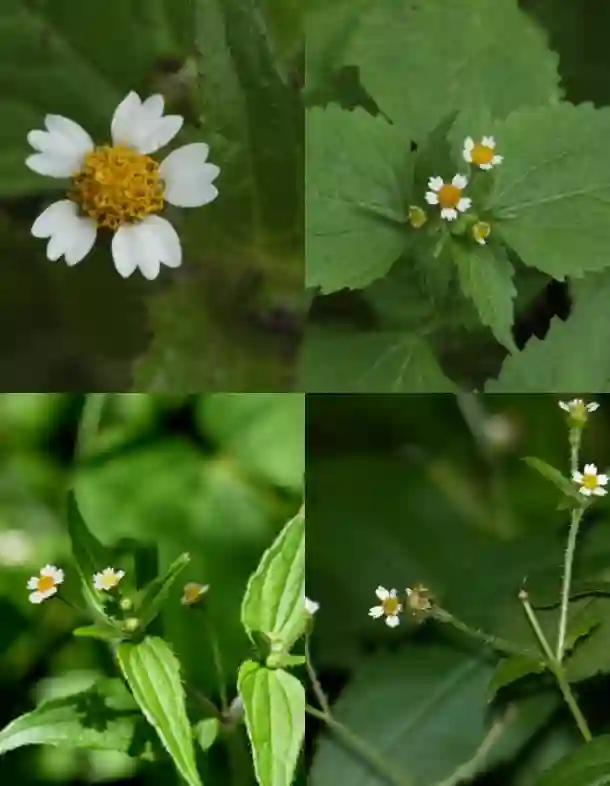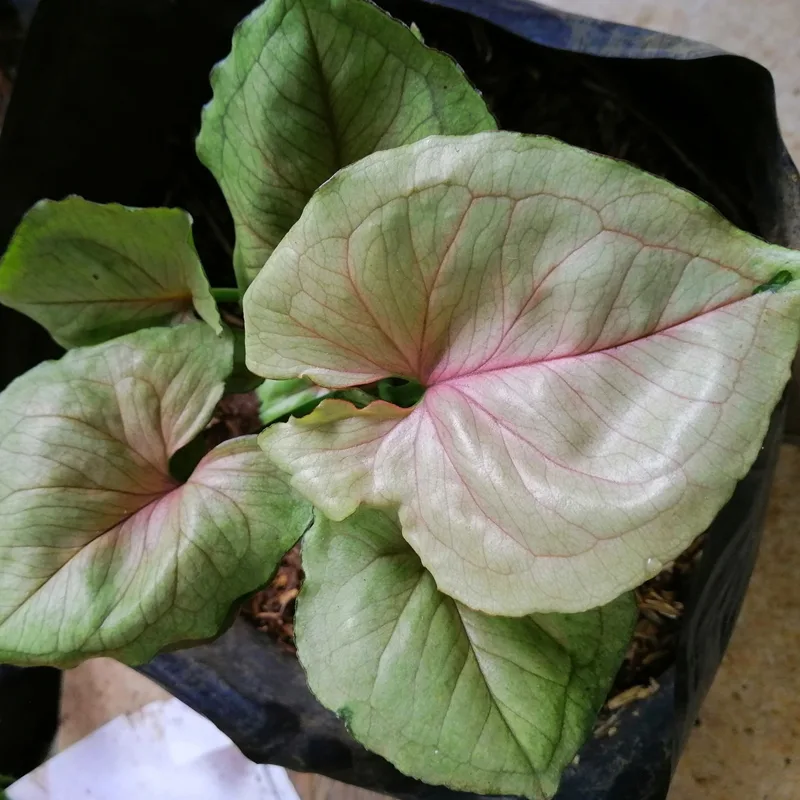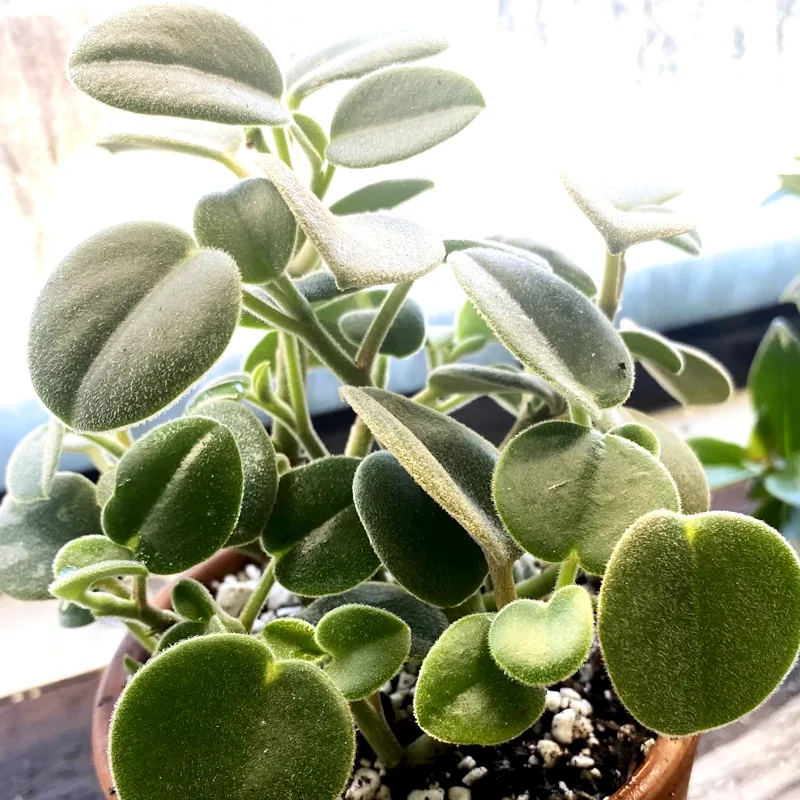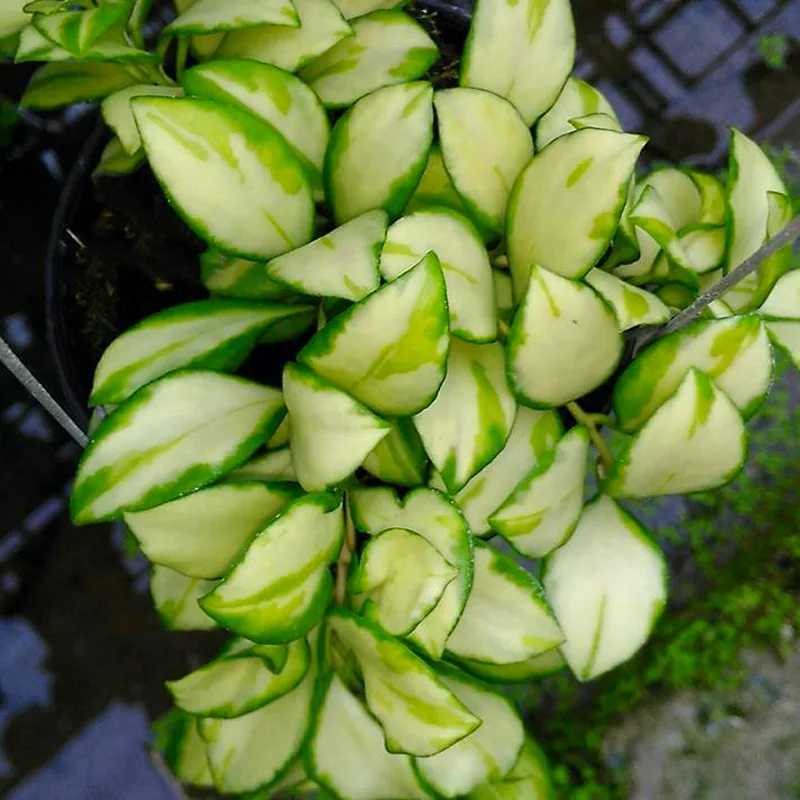FAQs About Calathea Louisae
I’ve been growing Calathea Louisae for a while now, and I’m excited to share what I’ve learned about this stunning plant. If you’re considering adding one to your collection or if you’re already a proud owner, you might have some questions. Let’s dive into the most common ones.
59 Species in Genus Calathea
What is Calathea Louisae?
Calathea Louisae or the Louisae Calathea, is a member of the Marantaceae family. This plant is cherished for its striking foliage, which features deep green leaves with a rich, purple underside. The patterns on the leaves resemble those of a peacock’s tail, giving the plant a unique and eye-catching appearance. Native to the rainforests of South America, it thrives in humid environments, making it a perfect indoor plant for those who can mimic these conditions.
How to Care for Calathea Louisae?
Light: Calathea Louisae prefers bright, indirect light. Direct sunlight can scorch its leaves, so place it near a window with filtered light or in a well-lit room.
Water: Keep the soil consistently moist but not waterlogged. Calathea Louisae is sensitive to chlorine and fluoride, so use distilled or filtered water if possible. Let the top inch of soil dry out before watering again.
Humidity: High humidity is crucial for this plant. It thrives in a humid environment, so consider using a humidifier or placing the pot on a tray of wet pebbles to maintain the right moisture level.
Temperature: This plant prefers temperatures between 65-80°F (18-27°C). Avoid placing it near drafts, heaters, or air conditioners, as sudden temperature changes can stress the plant.
Soil: Use a well-draining potting mix. A blend of peat, pine bark, and perlite works well to ensure good drainage while retaining enough moisture.
How to Propagate Calathea Louisae?
Propagation of Calathea Louisae is typically done through division. Here’s how:
- Choose the Right Time: The best time to propagate is during the growing season, spring or early summer.
- Prepare the Plant: Remove the plant from its pot and gently separate the roots into smaller sections, each with a few stems and roots.
- Pot Up: Plant each section into its own pot with fresh potting mix. Water lightly and place the pots in a warm, humid environment.
- Care: Keep the newly potted divisions in indirect light and maintain high humidity. New growth should appear in a few weeks.
What to Plant With Calathea Louisae?
Calathea Louisae pairs well with other tropical plants that have similar care requirements. Some good companions include:
- Philodendron: Varieties like Philodendron Xanadu or Philodendron Brasil work well due to their similar light and humidity needs.
- Fern: Boston Fern or Maidenhair Fern can add a lush, green contrast and thrive in the same humid conditions.
- Pothos: The trailing vines of Pothos provide a nice visual contrast and are easy to care for.
Is Calathea Louisae Toxic?
No, Calathea Louisae is not toxic to pets or humans. It is a safe choice for households with animals or small children. However, while it’s not poisonous, it’s still a good idea to prevent pets from chewing on the leaves to avoid any digestive discomfort.
Benefits of Calathea Louisae
Besides its aesthetic appeal, Calathea Louisae offers several benefits:
- Air Purification: Like many houseplants, it helps to improve indoor air quality by removing toxins and increasing humidity.
- Decorative Appeal: Its vibrant foliage can enhance the look of any room, adding a touch of the tropics to your home decor.
Common Problems with Calathea Louisae
Even though Calathea Louisae is a beautiful plant, it can encounter a few issues:
- Brown Leaf Edges: This often indicates low humidity or inconsistent watering. Increase humidity and ensure regular watering.
- Leaf Curling: This can be a sign of either underwatering or overwatering. Check the soil moisture and adjust your watering routine as needed.
- Pests: Look out for common houseplant pests like spider mites and aphids. Regularly inspect the leaves and treat infestations with appropriate insecticidal soap or neem oil.
Compare with Other Similar Plants
Calathea Louisae is often confused with other Calathea varieties due to their similar appearances. Here’s a brief comparison:
- Calathea Orbifolia vs. Calathea Louisae: While both have striking foliage, Calathea Orbifolia is known for its larger, round leaves with silver stripes, whereas Calathea Louisae has more elongated leaves with a deeper green and purple underside.
- Calathea Makoyana vs. Calathea Louisae: Calathea Makoyana, or the Peacock Plant, has more intricate leaf patterns with a lighter green hue compared to the bolder look of Calathea Louisae.
I hope this FAQ helps you in caring for and appreciating your Calathea Louisae. If you have any more questions or need further advice, feel free to ask!
If i die, water my plants!



